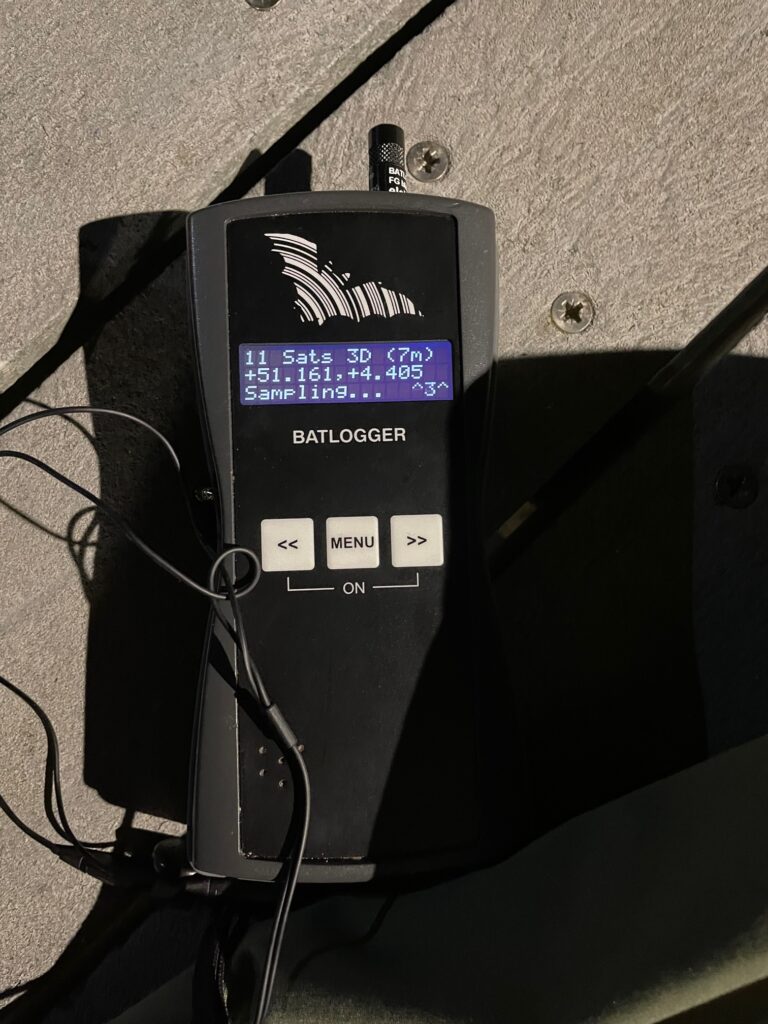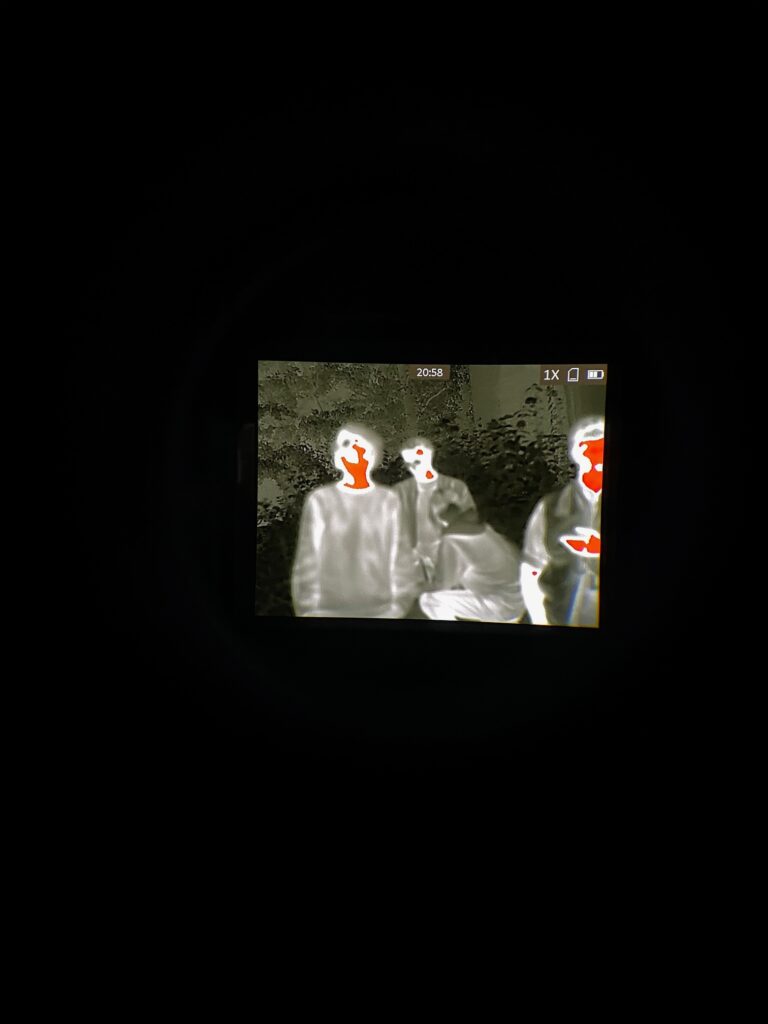Bats are often misunderstood animals. Humans tend to put a negative label on them for a series of reasons, such as their association with vampires in the horror genre, or their reputation as disease carriers. However, it is important to understand that there is so much more to them than that. For that, a few of the most common myths about them need to be clarified. To begin with, only 3 species of bats are hematophagous (=feeding on blood), and they are native to the Central and South American regions. The vast majority of bat species feed on insects, nectar, fruits, or other small vertebrates. Another possibly misleading factor is their reputation as disease spreaders. While it is true that bats carry viruses that can infect humans, the actual transmission normally happens because of human activity, such as destroying their habitats or capturing them for trading. That being said, as with any wild animal, bats should not be handled unless necessary.
On the other hand, bats are very important for the environment. For example, insectivorous bats play a great role in keeping pest insect populations in check. This is important especially on farms, where their presence can even lead to a reduction of pesticides. Moreover, nectar-feeding bats are important pollinators, whereas frugivorous bats are great seed dispersers. Forest-dwelling species can even contribute to forest regeneration, through their dispersal activity and their ability to fly over large distances.
It seems like a group of bats have taken refuge in the basements of the Drie Eiken campus. They belong to the species Myotis bechsteinii, also known as Bechstein’s bats. These animals can be recognized by their long ears, pink faces, reddish-brown fur on their back, and their grey bellies. Their diet consists mainly of flying insects that they hunt in the forest canopy, such as moths, flies, and lacewings. However, when they are not in forests, they can feed on terrestrial insects and spiders as well. Bechstein’s bats typically roost in woodpecker holes, and rarely in human building or artificial nest boxes, and their winter hibernation takes place in tree holes or underground.
This species is protected in Belgium, so what can we do for them? Our team is already working on it. In October 2023, some members of the Green Office team participated in monitoring the bats’ activity, in a few bat spotting sessions. As mentioned before, their presence can bring many benefits to our campus, so we should all do our best to coexist with them, by simply not disturbing them.






